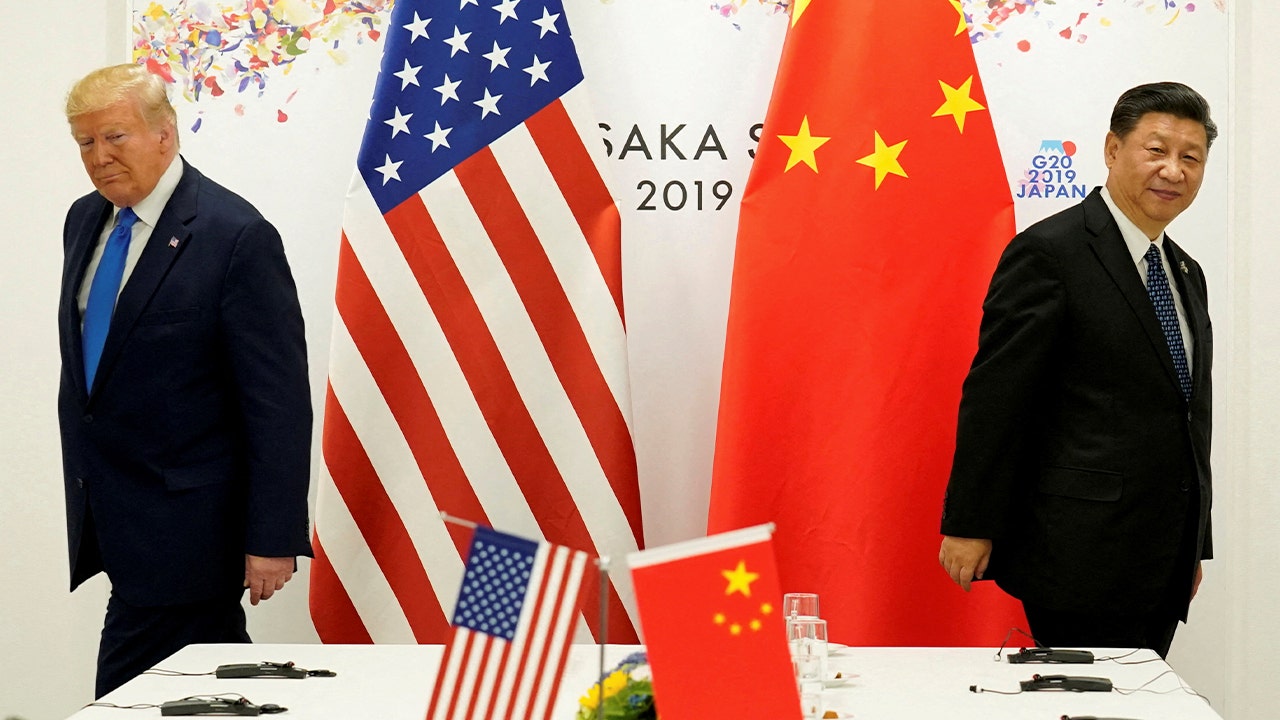President Trump signed a memorandum on Thursday ordering his advisers to calculate new tariff levels for other countries globally, an ambitious task that will shatter the rules of the global trading system and likely set off furious negotiations in the coming months.
The president directed his advisers to come up with new tariff levels that take into account a range of trade barriers and other economic approaches adopted by America’s trading partners. That includes not only the tariffs that other countries charge the United States, but also the taxes they charge on foreign products, the subsidies they give their industries, their exchange rates, and other behaviors the president deems unfair.
The president has said the step was necessary to even out America’s “unfair” relationships and stop other countries from taking advantage of the United States on trade. But he made clear that his ultimate goal was to force companies to bring their manufacturing back to the United States.
“If you build your product in the United States, there are no tariffs,” he said during remarks in the Oval Office.
Howard Lutnick, the president’s nominee for commerce secretary, and Jamieson Greer, his pick for trade representative, will come up with the numbers “quickly,” in concert with other advisers, a White House official, who did not have permission to speak for attribution, said in a call with reporters on Thursday.
The decision to rework the tariffs that America charges on imported goods would represent a dramatic overhaul of the global trading system. For decades, the United States has set its tariff levels through negotiations at international trade bodies like the World Trade Organization. Setting new levies — likely to be higher than what the United States charges today — would effectively scrap that system in favor of one determined solely by U.S. officials and based on their own criteria.
The action seems likely to kick off intense negotiations with governments whose economies depend on exports to the United States. It could also elicit trade wars on multiple fronts if other countries choose to increase their own tariffs in retaliation.
The White House official said in the call that other countries would be given the opportunity to negotiate on the levies they will face.
Nearly every country would be affected, but the move could have particularly significant consequences for India, Japan and the European Union. Mr. Trump and his staff members have repeatedly pointed to Europe’s value-added tax as an additional injustice on top of tariffs.
Peter Navarro, the president’s senior counselor for trade, called the European Union’s VAT tax the “poster child” for unfair trade toward American business, saying that such treatment had allowed Germany to export to the United States many times the number of cars that it bought from it.
“President Trump is no longer willing to tolerate that,” Mr. Navarro said. “The Trump fair and reciprocal plan will put a swift end to such exploitation of American workers.”
The E.U. requires a standard value-added tax rate on most goods and services, and while they vary by country, they average about 22 percent across European nations. The tax is applied at each stage in a supply chain, and the cost is usually borne by the end consumer.
The United States is an outlier among advanced economies in not levying a value-added tax on products like cars.
Mr. Trump’s proposal marks a significant reversal in a decades-long push in trade policy toward lowering international barriers. While past presidents have often negotiated with foreign countries over tariffs, those agreements have typically led to lower levies, not higher ones. No president has taken Mr. Trump’s approach of raising U.S. tariffs to match other countries’ rates.
The reciprocal tariff plan is the latest move by Mr. Trump to punish allies and adversaries alike with an extraordinary array of trade actions. On Monday, the president signed a proclamation imposing 25 percent tariffs on all foreign steel and aluminum. Speaking to reporters from the Oval Office, he said the tariffs would be “the first of many.”
In addition to the reciprocal tariffs, Mr. Trump said his advisers would meet over the next four weeks to discuss measures on cars, pharmaceuticals, chips and other goods.
“They’ve been taking advantage of us for years and years and years,” he said of other countries. “They’ve charged us and we haven’t charged them. And it’s time to be reciprocal.”
In the past weeks, Mr. Trump’s almost-daily tariff threats have rocked diplomatic and economic relationships. The United States imposed an additional 10 percent tariff on all products from China last week, and came within hours of putting sweeping tariffs on Canada and Mexico that would have brought U.S. tariff rates to a level not seen since the 1940s.
The president had criticized Canada and Mexico for sending drugs and migrants to the United States, but agreed to put off the tariffs for 30 days after the countries offered him some concessions.
Reciprocal tariffs will likely broaden Mr. Trump’s trade fight to even more countries. It remains to be seen whether the president uses the strategy to dramatically raise U.S. barriers to imports, or as a lever to extract concessions from countries that end up opening foreign markets.
When asked which legal authority would be used to impose tariffs, the White House official said the president could draw on several according to the action and country, including Section 232, which relates to national security; Section 301, which relates to unfair trading; and the International Emergency Economic Powers Act.
The official said that Mr. Trump was not ruling out a further “universal” tariff later to reduce the U.S. trade deficit, but that for now the president had chosen to pursue reciprocal treatment.
Mr. Trump floated proposals in his first term and his 2024 campaign of making trade more reciprocal by matching the tariff rates that countries impose on American products.
He has often pointed to America’s lower tariff rate as evidence the country is being taken advantage of. The United States has an average tariff rate of around 3 percent, lower than other countries, but still roughly in line with those of Canada, Britain, Japan and the European Union. Globally, wealthy countries tend to have lower tariff rates, while poorer countries have negotiated higher ones, to protect their less developed industries and subsistence farmers.
But Mr. Trump has criticized other countries for charging higher tariffs on certain American products than the United States charges them. For example, he has pointed to the 10 percent tariff that the European Union charges on American cars, versus a 2.5 percent tariff for cars sold in the other direction.
The United States has set its tariff rates for imports lower than that of some trading partners, because for decades U.S. officials were convinced of the benefits of freer trade. They believed lower tariffs would allow the United States to import cheap products for U.S. consumers and raw materials for its factories, fueling the American economy.
Mr. Trump’s views differ. He argues that equaling out American tariff rates is essential to restoring U.S. manufacturing, and that higher tariffs will reduce the trade deficit. Some economists disagree, arguing that movements in currency could offset any effects on the trade deficit.
Economists and historians also say that the varying tariffs that countries put on each other’s products are not evidence of discrimination. Rather, they reflect the priorities that each government had when it agreed to maximum tariff rates in negotiations with other members of the World Trade Organization.
Those negotiations gave governments the opportunity to fight for higher tariff rates on industries they wanted to protect, and accept lower tariff rates on products they were more likely to import.
Inu Manak, a trade expert at the Council on Foreign Relations, said tariff rates were “a reflection of the specific domestic political economy concerns of a given country.” For example, she said, U.S. officials negotiated double-digit tariffs on wool sweaters and footwear to protect American producers at the time.
Other countries protect their industries, too, she said, but want to keep tariffs low “so that their consumers and manufacturers have access to a broad selection of items at the most competitive price.”
Douglas Irwin, a professor of economics at Dartmouth College, said that countries had come out of the Great Depression and World War II with wildly different tariff codes. When trade negotiations began in 1947, countries began to cut tariffs piecemeal. In the 1960s, many countries agreed to lower all tariffs, but there was no effort to equalize them on specific products.
“Reciprocity in this case was ‘let’s all cut by about the same amount’ not ‘let’s equalize our tariffs on a product by product basis,’ which seems to be what the Trump view of reciprocity should be,” he said.
Raising tariffs above the rate the United States has agreed to at the W.T.O. would violate the trade group’s commitments, and other members of the W.T.O. could challenge that action. But the panel at the W.T.O. in charge of resolving such disputes was effectively neutered in the first Trump administration when the United States refused to appoint any more members to it. The Biden administration continued that policy.






